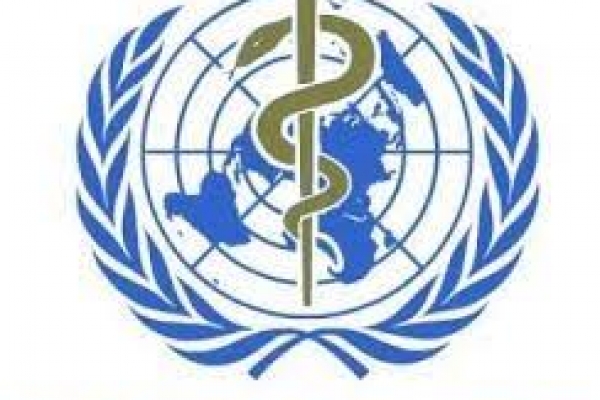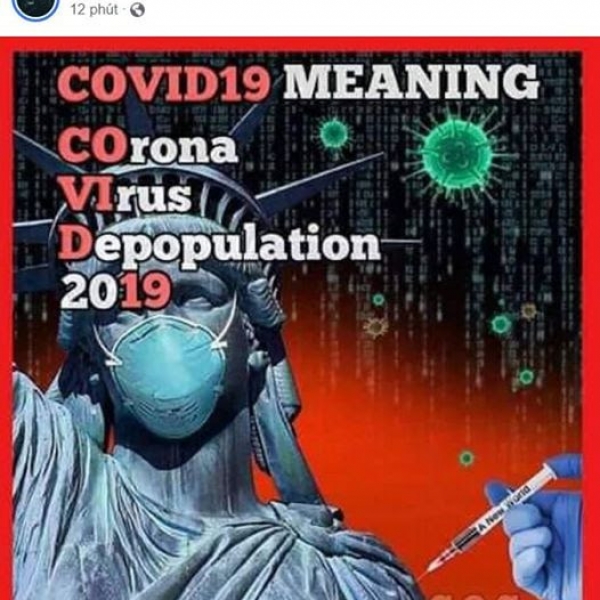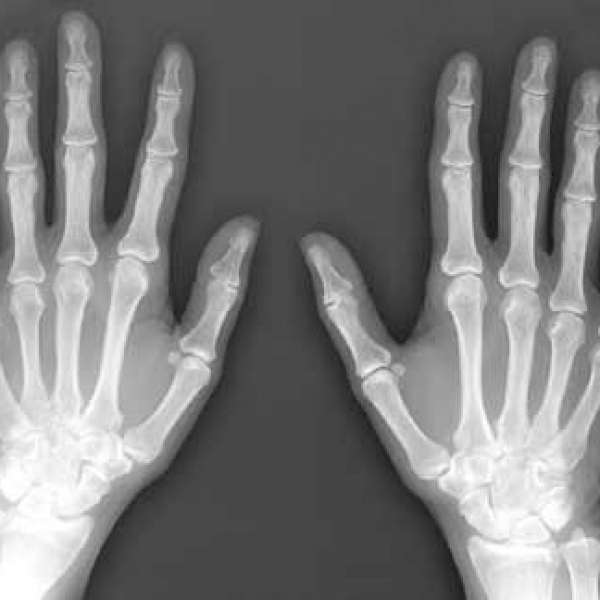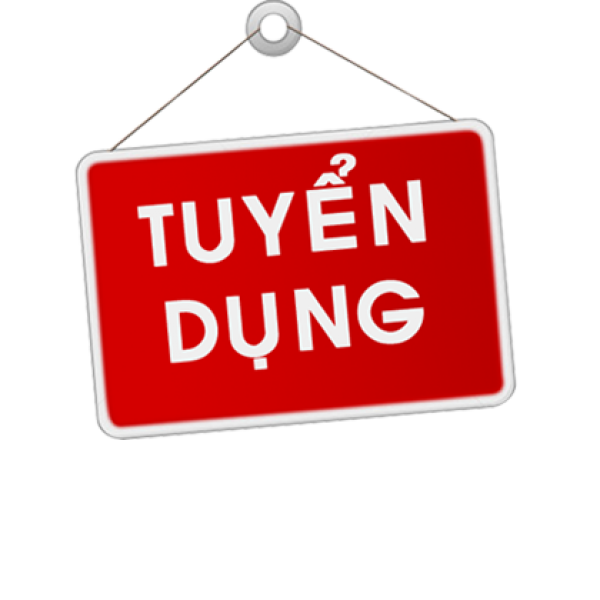Contact Admission
2020 - Nurse and Student's Identity
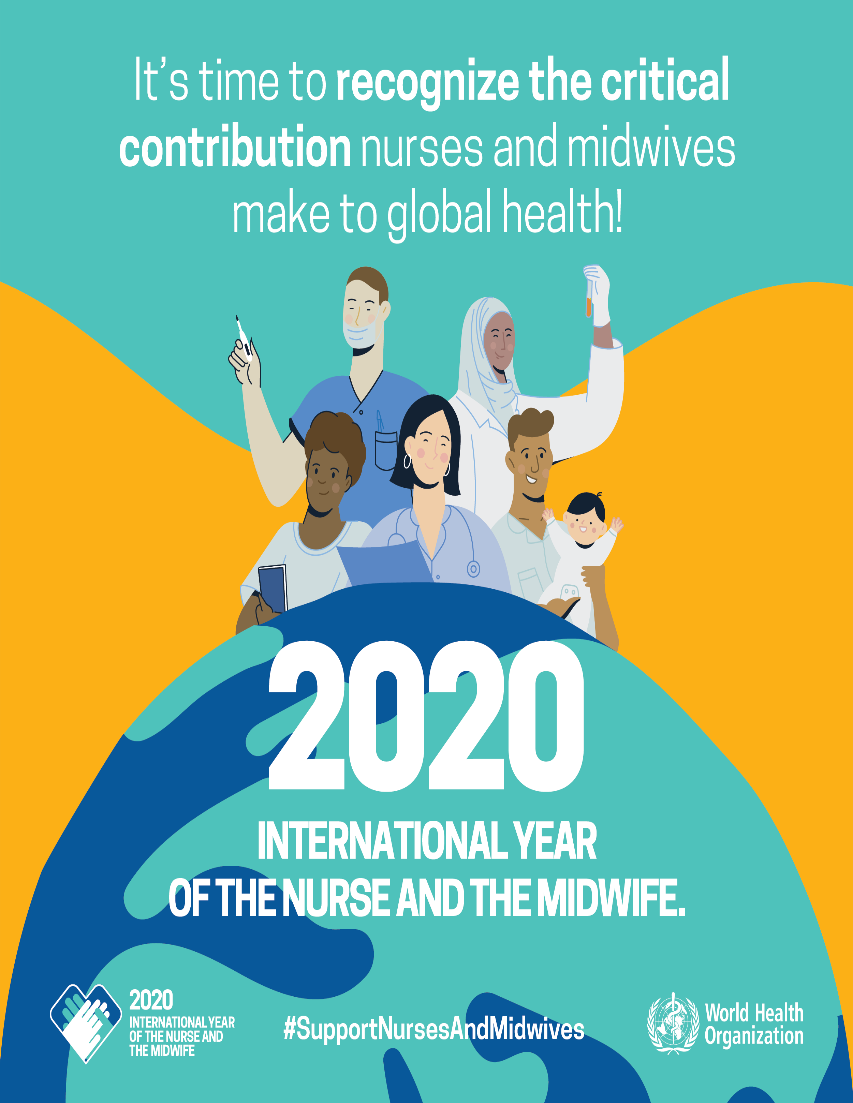
Nurses and midwives play an important role in providing essential health services to the community and at all levels of health facilities. These are people who spend their whole lives looking after the health of mothers and children; immunization and health counseling; take care of the elderly and meet the daily essential health needs of everyone. Around the world, nurses and midwives are one of the basic resources in the health network, contributing effectively in health care for people. In Vietnam, there is a network of midwives working from urban to rural areas and they undertake the majority of primary health care activities for the people, especially maternal health care. and children. According to preliminary statistics of the General Department of Population, Vietnam has 96,208,984 people (in 2019). In particular, every year millions of children will be born, in 2017 alone, Vietnam had 1,563,911 births, in 2018 there were about 1.6 million births. As such, the Vietnamese health sector also needs a large number of midwives working in obstetric departments. Circular No. 26/2015 / TTLT-BTY-BNV also specifies regulations on the functions and duties of nurses and midwives, highlighting the roles and responsibilities of nurses and midwives in the care industry. health. According to the World Health Organization: "Health care for pregnant women provided by midwives is one of the pillars of health services in any country" and is also considered to be a profession specified in the Health system since 1990.
Investing in nurses and midwives will bring a lot of value to society. A report by the United Nations High-Level Committee on Health Employment and Economic Growth concluded that investment in education and job creation in the health and social sectors would improve by three times. before that, when health security and economy were also in full growth. Join WHO and partners including: The International Federation of Midwives (ICM), the International Nursing Council (ICN), and the United Nations Population Fund (UNEPA) in a year-long effort to celebrates the work of nurses and midwives, the challenging conditions they often encounter, and supports increased investment in the nursing and midwifery workforce.
Dr. Tedros Adhanom Ghebreyesus - WHO Director-General said: “Nurses and midwives are the backbone of every health system: by 2020 we call on all countries to invest in nurses and midwives. as part of their commitment to the health of all ”.
"I am very grateful that the nurses and midwives are helping make the advancement of health for all around the world," said Elizabeth Iro, WHO's Director of Nursing.
WHO's work in relation to nursing and midwifery is currently directed by WHO World Health Council Resolution 64.7 (2011) which gives WHO the task of developing and strengthening strategies such as energy building. force of the nursing and midwifery force through providing support to member states in developing strong goals, action plans and strengthening interdisciplinary health groups. WHO estimates a shortage of 18 million health workers by 2030, mainly in low-income and low-middle-income countries. However, countries at all levels of socioeconomic development face varying degrees of difficulty in education, employment, deployment, maintenance and implementation of the workforce. their. The world needs 9 million more nurses and midwives if we want to achieve global health insurance by 2030. Globally, we have up to 70% of the medical and social workforce are women compared to , nurses and midwives make up a large part of these. However, there is still a global shortage of health workers, especially nurses and midwives, who represent more than 50% of the current shortage in health workers. The biggest shortage is based on demand in the health sector with nurse and midwifery positions in Southeast Asian and African countries. Strengthening nursing and midwifery will have the added benefit of promoting gender equity, contributing to economic development and supporting other sustainable development goals.
That is why the World Health Council has designated 2020 as the International Year of Nurses and Midwives.
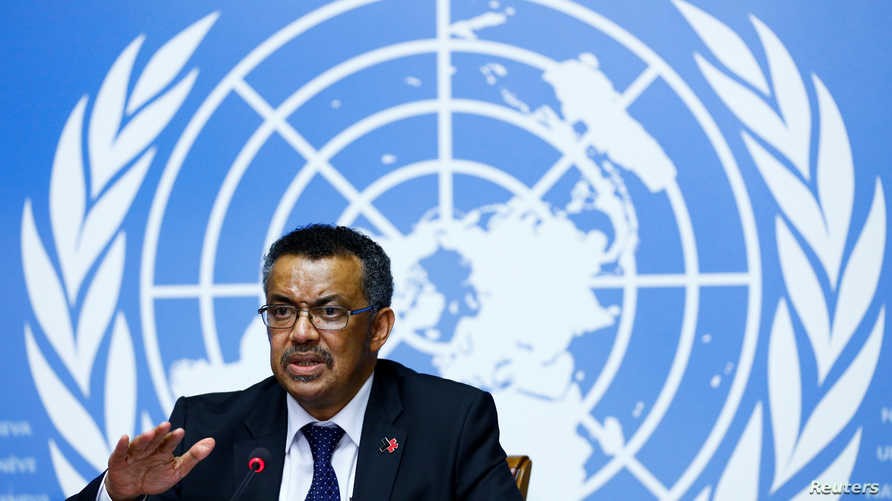

Other news
- Therapeutic potential and mechanisms of mesenchymal stem cell-derived exosomes as bioactive materials in tendon–bone healing ( 08:38 - 23/11/2023 )
- Symbol of medicine ( 19:38 - 19/09/2021 )
- The history of the development of medicine worldwide and in Vietnam ( 18:58 - 19/09/2021 )
- Pharmacology in mind ( 08:42 - 04/02/2021 )
- Nitric Oxide and other medical contributions over 2 decades ( 08:19 - 11/12/2020 )
- Scientists Create First Full-Size 3D Printed Human Heart Model ( 09:32 - 10/12/2020 )
- How Many People Need Vaccines to Reach Herd Immunity? ( 09:25 - 10/12/2020 )
- Whitmore's disease increased in Central ( 07:56 - 19/11/2020 )
- Diabetes - the silent killer ( 08:17 - 16/11/2020 )
- Lung cancer may be mistaken for COVID-19 ( 08:30 - 21/10/2020 )



